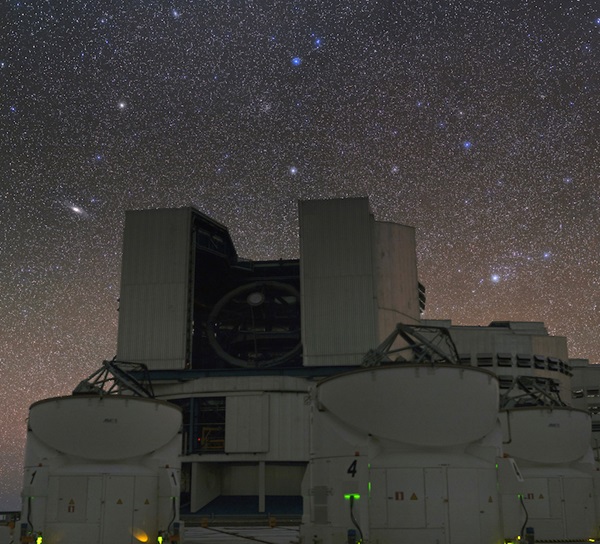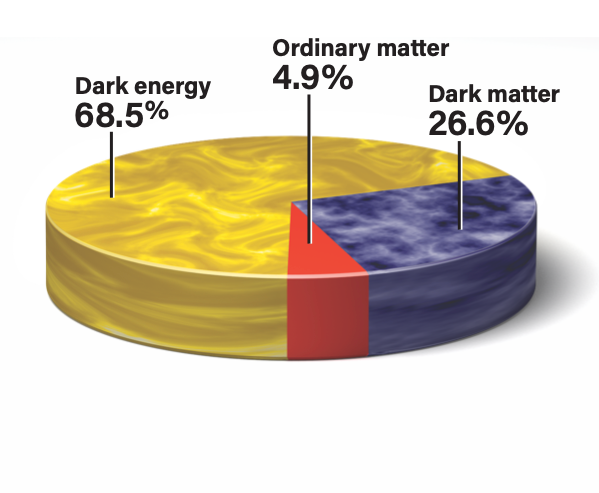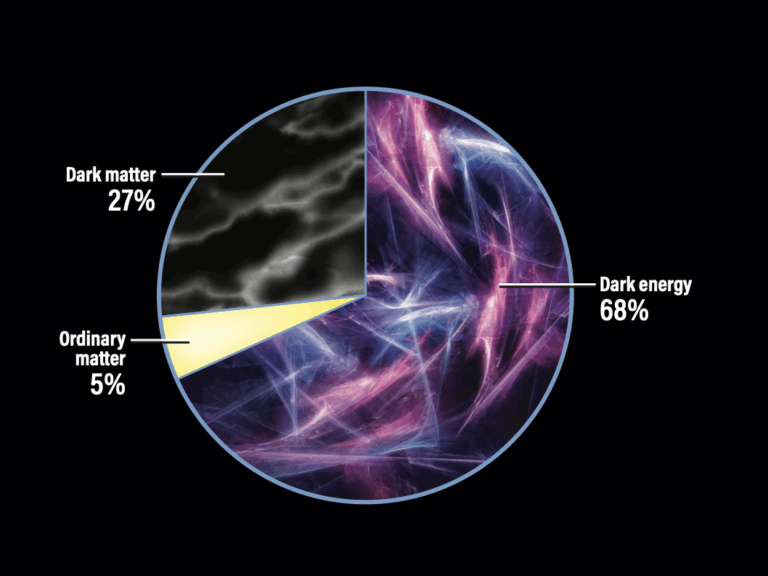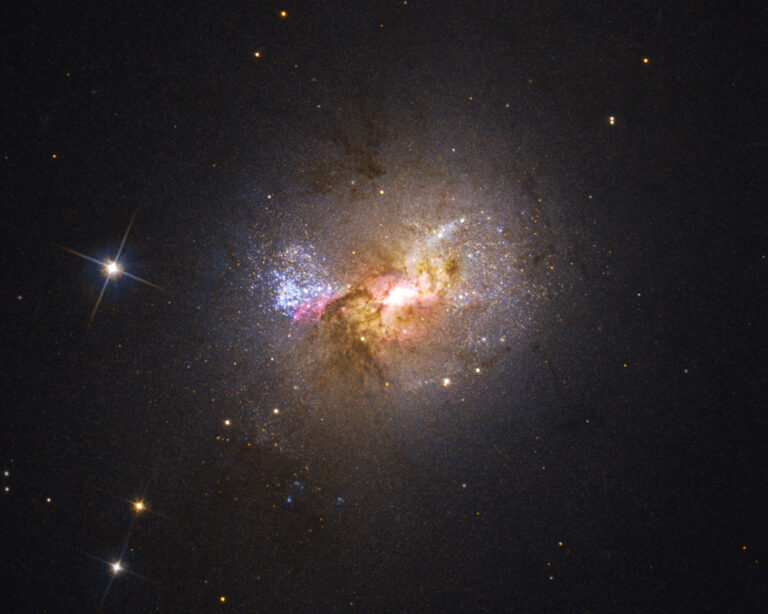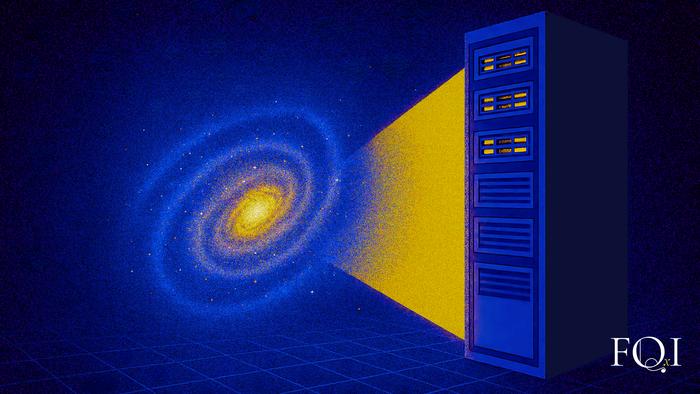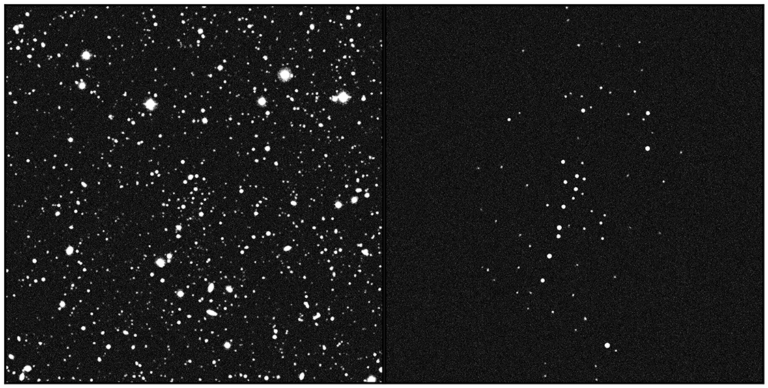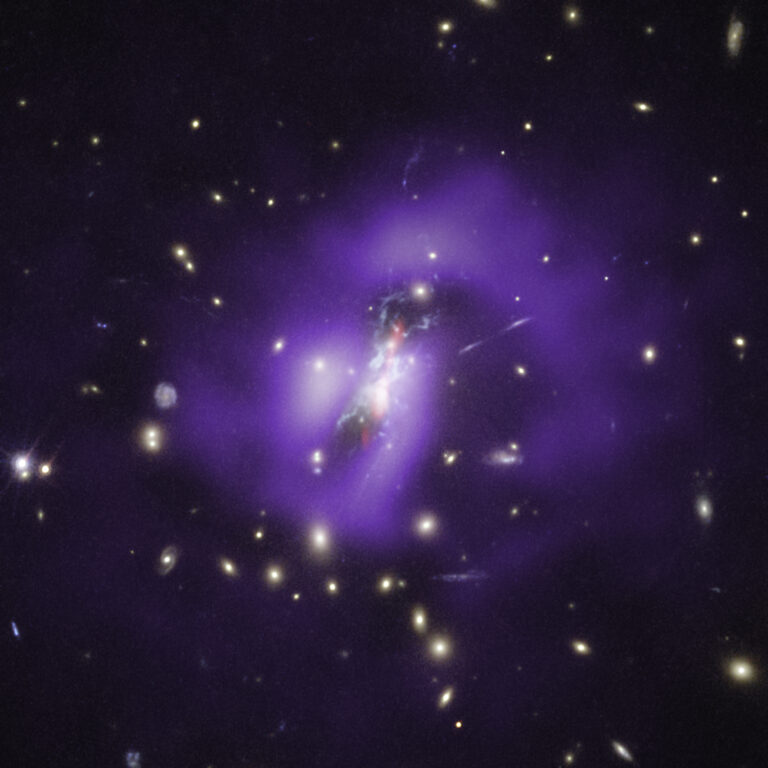Key Takeaways:
- Cosmological redshift, caused by the expansion of the universe, typically results in the light from distant galaxies appearing redder.
- Galaxies exhibit peculiar motions due to gravitational interactions, leading to additional redshift or blueshift independent of cosmological expansion.
- A small number of nearby galaxies, including Andromeda (M31), display blueshifts because their peculiar velocities towards us outweigh the cosmological redshift.
- The presence of blueshifted galaxies does not contradict the expanding universe model; it reflects the superposition of cosmological and peculiar velocities.
However, galaxies are also moving around in the universe. Gravity works on all scales, and it is always attractive. Gravity causes smaller galaxies to move toward larger ones. Meanwhile, galaxies in clusters are orbiting the center of mass of their cluster. We also find that groups of galaxies on scales of millions of light-years across move together in bulk flows toward the most massive clusters and superclusters. These motions cause additional redshifts or blueshifts in the light from the galaxies (red if they are moving away from us, and blue if they are moving toward us). Galaxies are large, and the distances between them are large so they have what sound like very large velocities — generally a few hundreds of kilometers per second. For example, our own galaxy is known to be moving through the universe with a velocity of 1.3 million mph (600km/s).
When we measure the redshift or blueshift of light from distant galaxies, it is the sum of the cosmological redshift and the Doppler shift (either red or blue) from their peculiar motion relative to us. In the nearby universe, light travel times and cosmological redshifts are relatively small, so sometimes the peculiar motion “wins” and we observe some galaxies with blueshifts. Something like 100 nearby galaxies have blueshifts. Most of these are Local Group dwarf galaxies; however, the Andromeda Galaxy (M31) has a blueshift of about 186 miles per second (300 km/s). It is heading toward us and will merge with the Milky Way in about 4 billion years. We also see some of the galaxies in the Virgo Cluster with blueshifts (e.g., M86 and the dwarf galaxies near it) as they move at large velocities relative to the center of the Virgo Cluster.
As Galileo probably never said, Eppur si muove — “And yet it moves.” Similarly, blueshifted galaxies are not a problem for our understanding of the expansion of the universe.
Reader in Astronomy & Astrophysics, Institute of Cosmology and Gravitation, University of Portsmouth, United Kingdom

